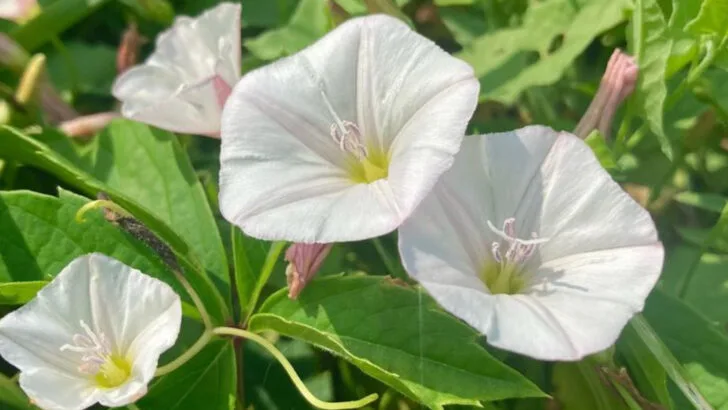Not all weeds are created equal. Some pop up overnight, choke out your favorite plants, and seem immune to every trick in the book. But others? They’re actually nutritious, flavorful, and ridiculously useful—if you just know what you’re looking at.
In this list, we’re breaking down 10 weeds that truly earn their bad reputation—the ones that overtake your yard, destroy your vibe, and refuse to die. But we’re also shining a spotlight on 9 “weeds” that double as free herbs, thriving without effort and adding flavor, fragrance, or even healing power to your garden and kitchen.
Whether you’re trying to reclaim your lawn or embrace the wild, this guide will help you know what to pull—and what to harvest. You might just start seeing your weeds in a whole new (and surprisingly delicious) way.
Dandelion
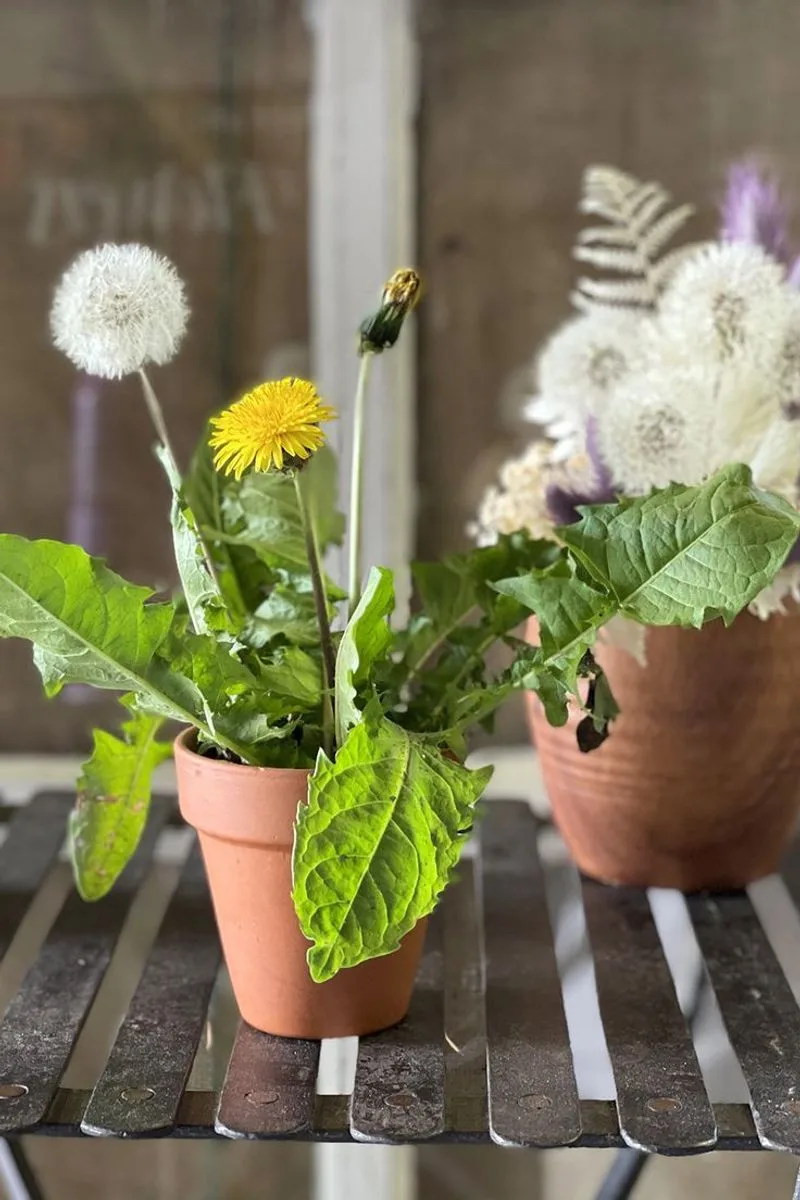
Known for its persistent presence, the dandelion is a common sight in many lawns. Its bright yellow flowers may seem cheerful, but their ability to spread rapidly makes them a nuisance for those seeking a pristine lawn.
Despite this, dandelions are edible and packed with vitamins. They can be used in salads or brewed into a tea. The plant’s deep root system helps aerate the soil, making it a paradoxical helper.
Though often maligned, the dandelion’s dual nature as a weed and a useful herb exemplifies the complexity of nature.
Crabgrass
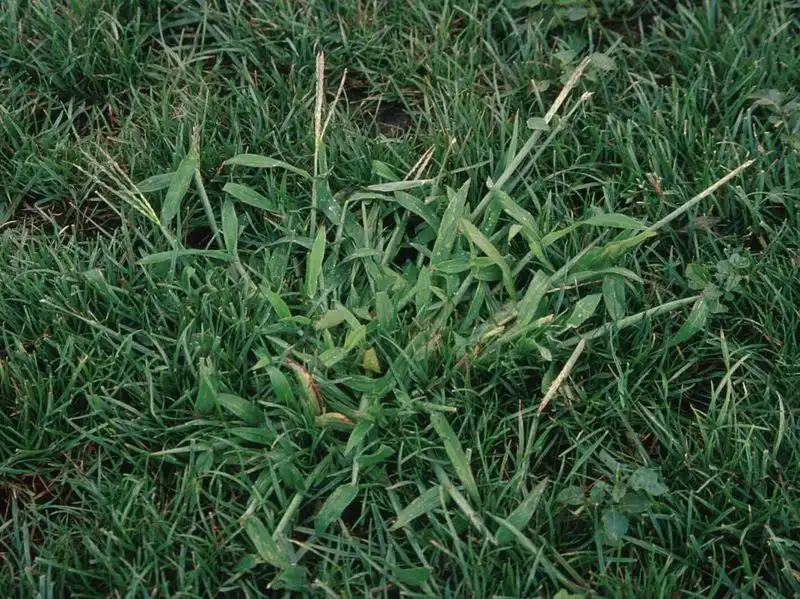
Crabgrass is the quintessential unwelcome guest in gardens and lawns. Its sprawling nature can choke out other plants, leaving gardeners frustrated.
This weed thrives in hot, dry conditions, making it a prolific summer invader. Its seeds can lay dormant for years, waiting for the right moment to sprout and take over.
While its aggressive growth can be troublesome, understanding crabgrass’s resilience offers insight into managing and controlling it effectively. Maintaining a thick, healthy lawn is often the best defense against this tenacious plant.
Chickweed
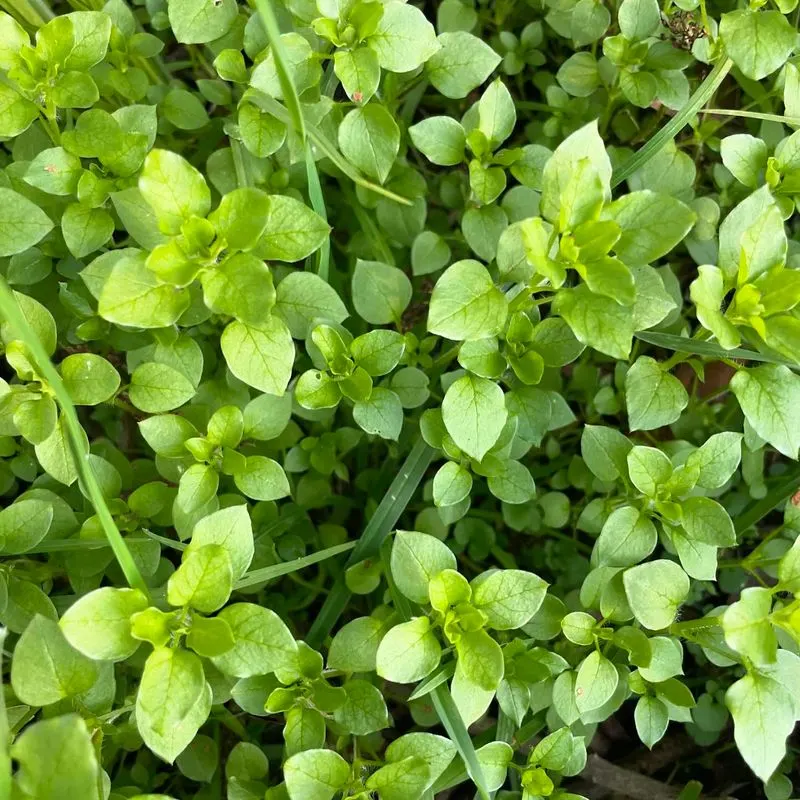
Chickweed is a delicate-looking plant with small white flowers that betrays its invasive nature. It spreads quickly, covering ground and smothering less aggressive plants.
Despite its annoying habit of taking over, chickweed is edible and often used in salads or as a cooked green. It’s high in vitamins and minerals, offering a free nutritional boost.
This weed’s dual identity as both a pest and a resource highlights the often-overlooked benefits of some garden nuisances, providing an unexpected twist to its reputation.
Bindweed
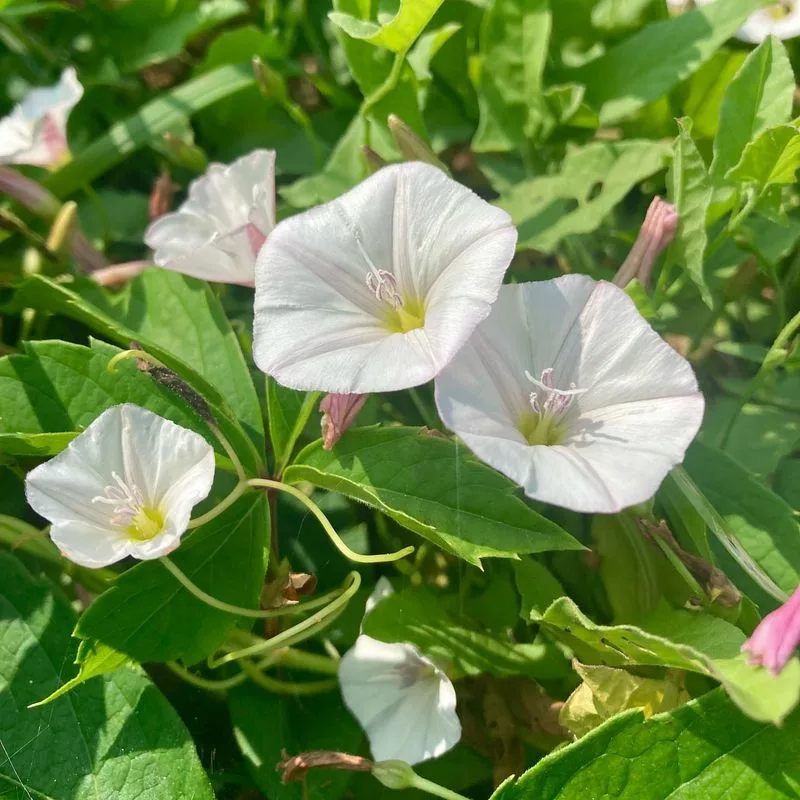
Few garden invaders are as notorious as bindweed, with its vine-like structure and white flowers. It wraps around other plants, strangling them and making it a gardener’s nightmare.
Bindweed’s roots can extend deep into the ground, making it difficult to eradicate once established. Persistence is key in dealing with this tenacious plant.
While its beauty may be deceiving, the struggle against bindweed teaches valuable lessons in perseverance and the importance of diligent garden maintenance.
Creeping Charlie
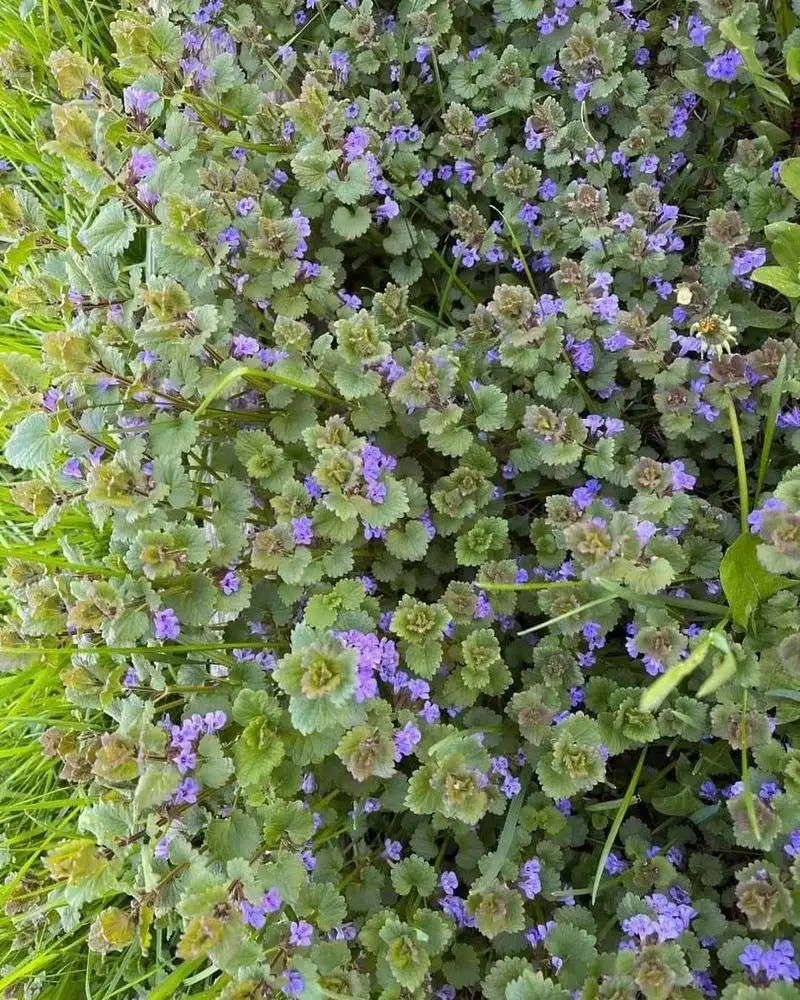
Creeping Charlie, also known as ground ivy, is a common garden invader that forms a dense mat over lawns and flower beds. Its scalloped leaves and small purple flowers can be attractive, but its invasive growth smothers other plants.
This plant is notoriously difficult to control once it takes hold, often requiring persistent effort to remove.
Despite its troublesome nature, some herbalists value Creeping Charlie for its medicinal properties, including use in teas and tinctures, adding a layer of complexity to its presence in gardens.
Nettles
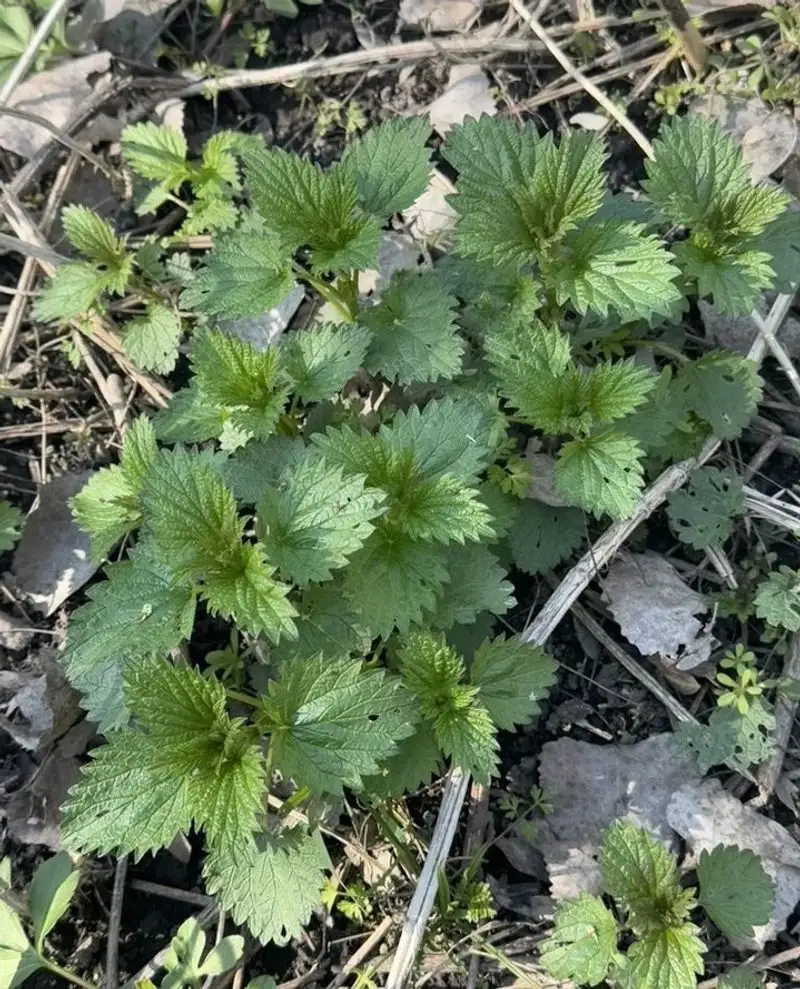
Nettles are often dreaded for their stinging hairs that can cause skin irritation. Found in neglected garden corners, they thrive in nutrient-rich soils.
However, nettles are rich in vitamins and minerals, making them a popular choice for herbal teas and culinary dishes, once their sting is neutralized.
This plant’s paradoxical nature as a stinging nuisance and a nutritious herb serves as a reminder of the complex relationships we have with the natural world, revealing hidden benefits beneath its prickly exterior.
Lamb’s Quarters
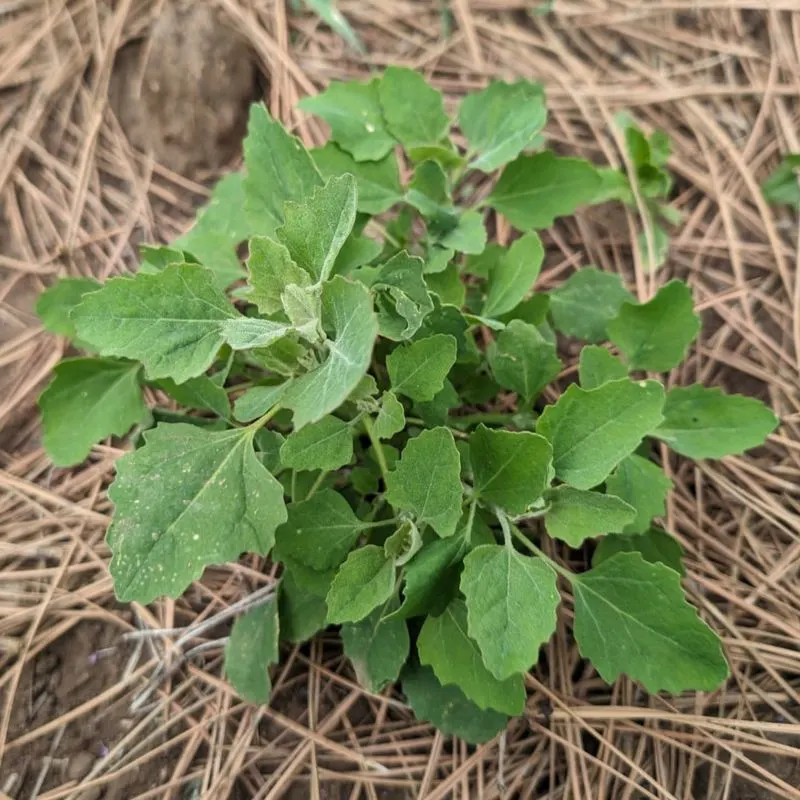
Lamb’s Quarters might appear unassuming, but this weed can outcompete crops for nutrients and water. Its rapid growth and prolific seed production make it a formidable foe in the garden.
However, it is also known for its edibility, with a taste similar to spinach but requiring no special care to grow. Rich in vitamins and minerals, it’s considered a valuable food source in many cultures.
This dual role as both pest and pantry staple challenges our perceptions of weeds, urging us to reconsider their place in our gardens.
Thistle
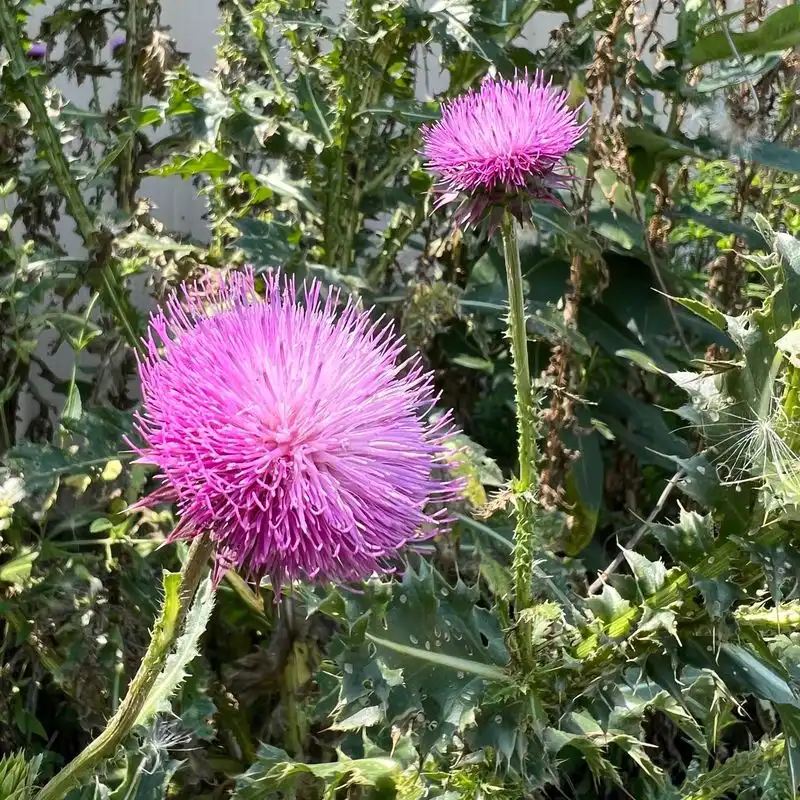
Thistles are easily recognized by their spiky leaves and purple flowers. While their beauty is undeniable, their aggressive nature and sharp spines can make them unwelcome guests in gardens.
These plants are hardy and can thrive in poor soil, often outcompeting other plants. However, thistles are also used in herbal remedies and can be beneficial for wildlife.
Their resilience and utility remind us that even the prickliest of plants have their place in the ecosystem, offering lessons in adaptability and resourcefulness.
Groundsel
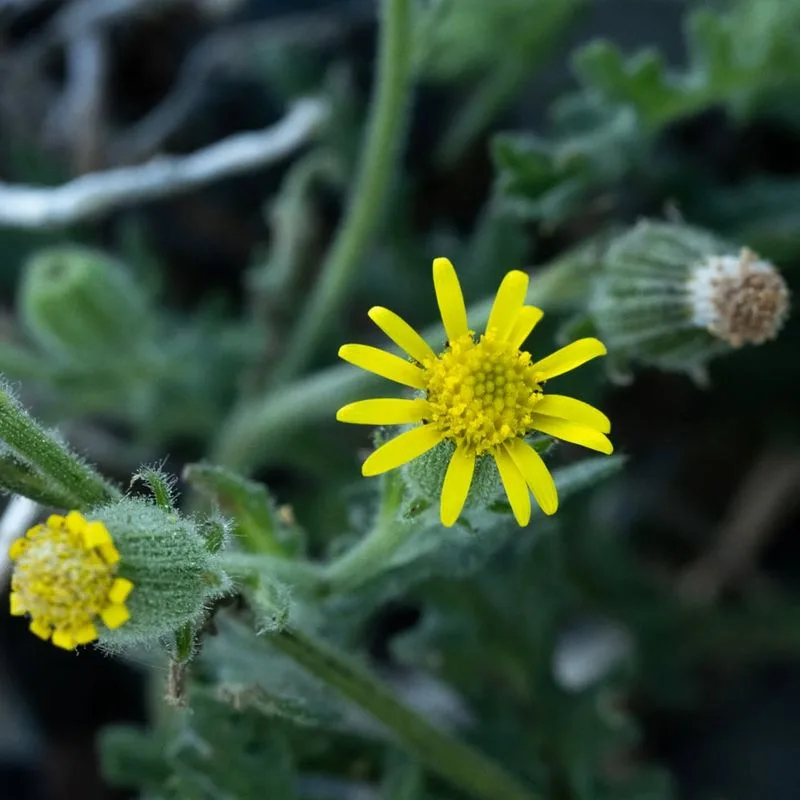
Groundsel, with its small yellow flowers, might seem harmless, but its rapid growth and ability to produce multiple generations each season make it a persistent weed.
This plant is known for its toxic properties to livestock, adding to its problematic nature in agricultural settings. However, its presence can indicate healthy soil.
The dual nature of groundsel—as both a weed and a soil health indicator—challenges us to see beyond its surface, recognizing the nuanced roles plants play in our environment.
Purslane
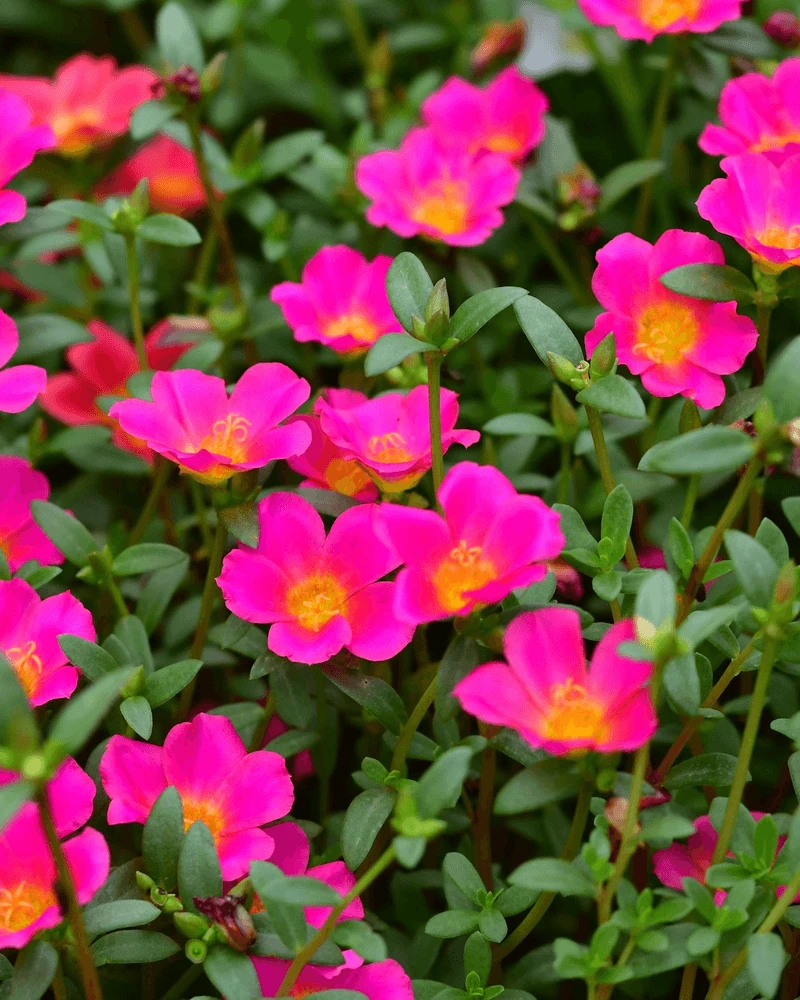
Purslane may be considered a weed, but its succulent leaves offer more than meets the eye. Rich in omega-3 fatty acids, it’s often used in salads and Mediterranean dishes.
Its ability to thrive in poor soil conditions makes it a resilient plant, often found in garden beds as an uninvited guest. Purslane can quickly cover the ground, crowding out other plants.
This plant’s status as both an invader and a nutritious herb exemplifies the dual roles many weeds play, urging gardeners to look at them with fresh eyes.
Plantain
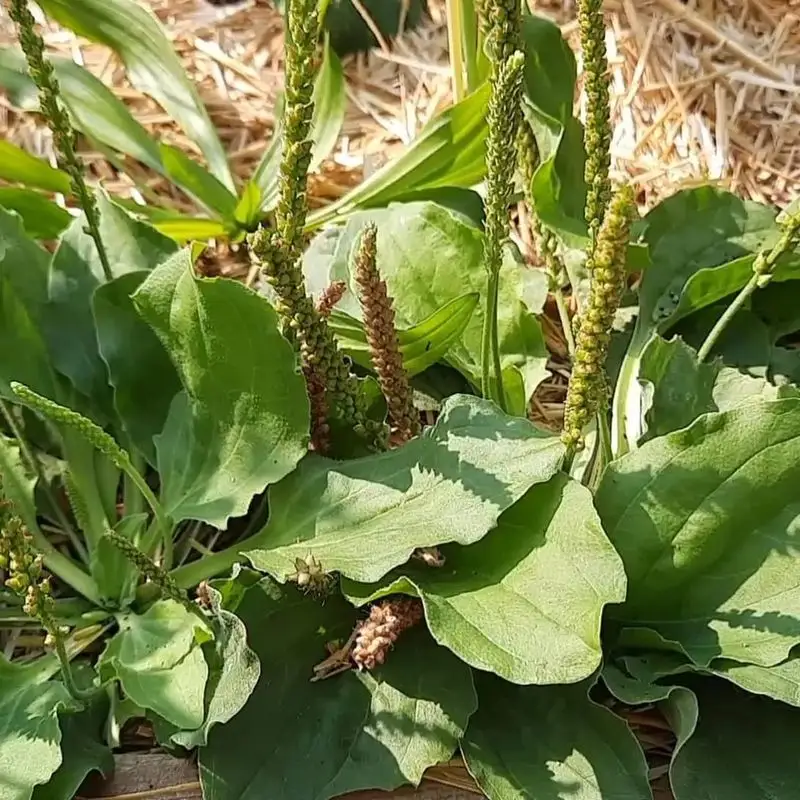
Plantains in the garden aren’t just for bananas anymore. This broadleaf weed is often seen sprawled across lawns and pathways, stubbornly resistant to foot traffic.
Yet, in herbal medicine, it’s a star for its soothing properties, used in salves and teas for bites and wounds. The leaves can even be eaten, offering a touch of wild to salads.
The humble plantain challenges its weedy reputation, proving that even the most ordinary plants can hold extraordinary potential for those willing to see it.
Clover
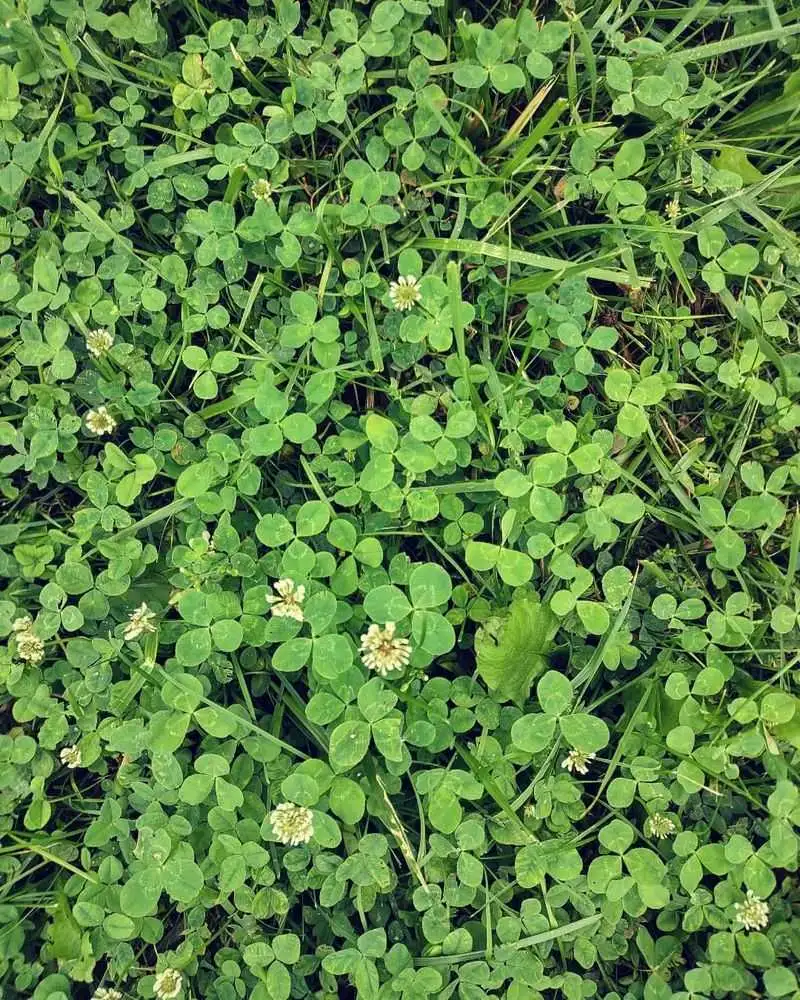
Clover’s charm lies in its shamrock-shaped leaves and delicate white flowers. In lawns, it’s both loved and loathed for its tendency to spread and compete with grasses.
Beyond its reputation as an unwelcome guest, clover is a nitrogen fixer, enriching the soil and reducing the need for fertilizers. Its flowers are also a draw for pollinators.
This plant’s presence in the garden is a reminder of nature’s balance, where even the smallest contributors play a role in the ecological tapestry.
Shepherd’s Purse
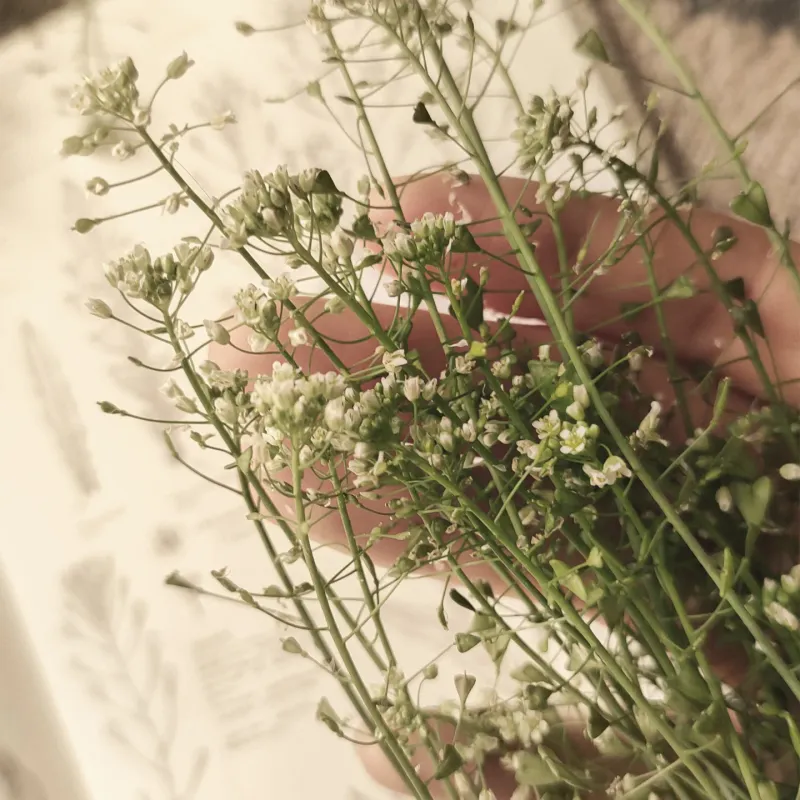
Shepherd’s Purse stands out with its distinctive heart-shaped seed pods, but its rapid growth and prolific seeding can turn it into a garden adversary.
Despite this, it’s been used in traditional medicine for its purported benefits in treating wounds and bleeding. This dual-purpose highlights the often-overlooked value in humble weeds.
By seeing beyond its weedy reputation, gardeners can appreciate the hidden benefits that Shepherd’s Purse offers, encouraging a more nuanced view of what defines a weed.
Burdock
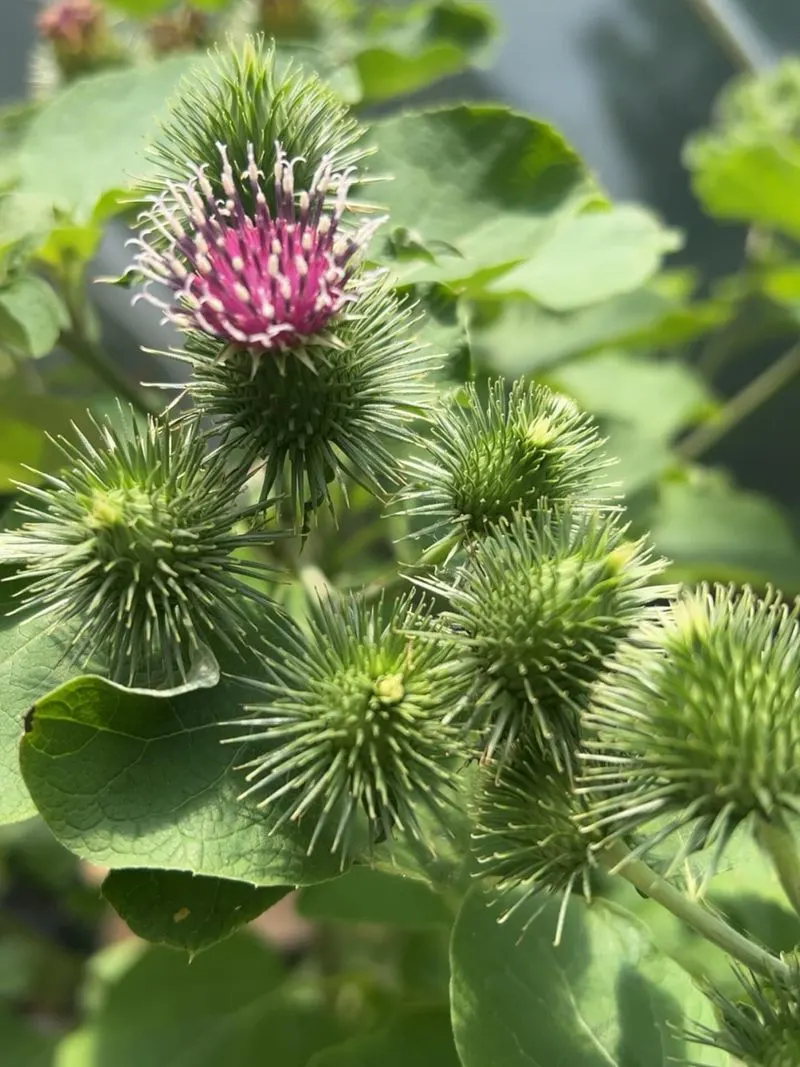
Burdock is best known for its tenacious burrs that cling to clothing and fur, making it a notorious weed in gardens and fields.
Despite this, its roots are valued in herbal medicine and culinary traditions, especially in Japanese cuisine. Rich in antioxidants, burdock offers health benefits that belie its weedy nature.
This plant serves as a reminder that what we often discard as a nuisance can hold untapped potential, inviting us to reconsider our relationship with the plants we encounter.
Yarrow
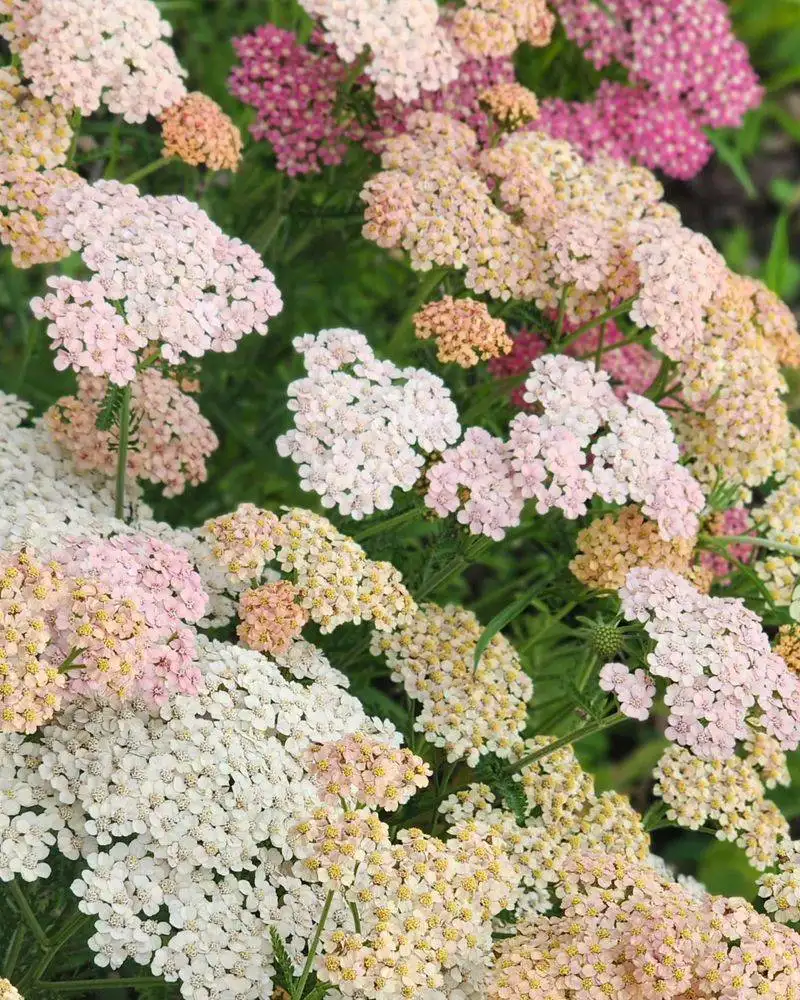
Yarrow’s feathery leaves and clusters of white flowers add a delicate touch to meadows but can be unwelcome in manicured lawns due to its invasive growth.
Celebrated for its medicinal properties, yarrow has a long history in herbal lore, used to treat wounds and fevers. Its presence in the garden is more than just ornamental.
This plant’s dual role as a nuisance and a healer exemplifies the complexity of nature, urging us to look beyond appearances and appreciate its beneficial qualities.
Self-Heal
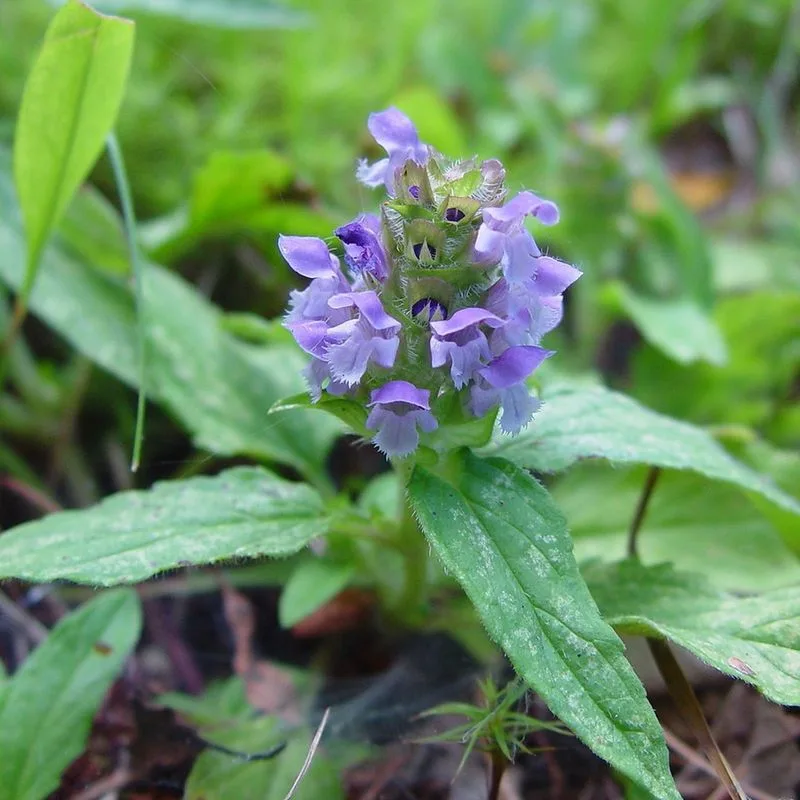
The name Self-Heal hints at its reputation in herbal medicine, where it’s used for a variety of ailments. Its purple flowers can be a charming addition to a wild garden.
However, its creeping nature allows it to spread quickly, often overtaking areas where it’s not wanted. This weed can be both a garden problem and a herbal boon.
By embracing its beneficial properties while managing its growth, gardeners can find the balance between cultivation and control, recognizing the potential in every plant.
Mugwort
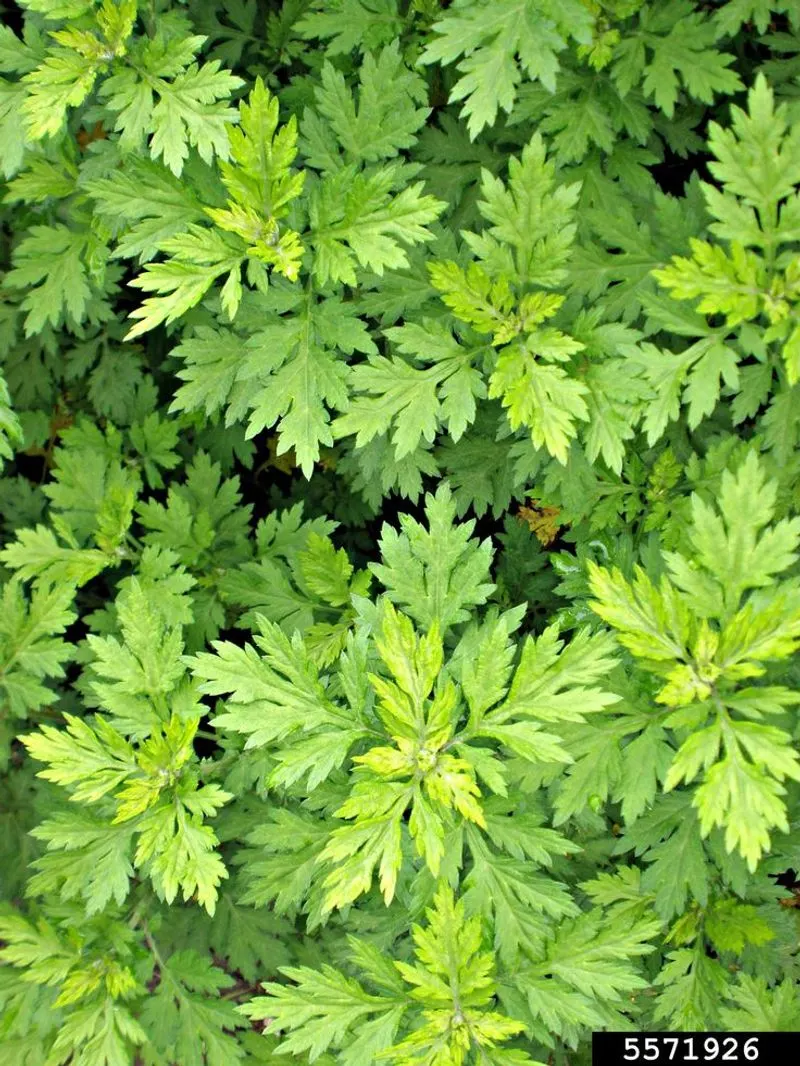
Mugwort’s history is steeped in folklore, often associated with protection and healing. It’s easily recognized by its tall stature and aromatic leaves.
In the garden, mugwort can become invasive, spreading aggressively if not managed. However, its uses in herbal medicine and culinary applications make it a plant of interest.
The dual nature of mugwort as both a healer and a garden challenge serves as a reminder of the delicate balance in nature, where usefulness and nuisance coexist.
Borage
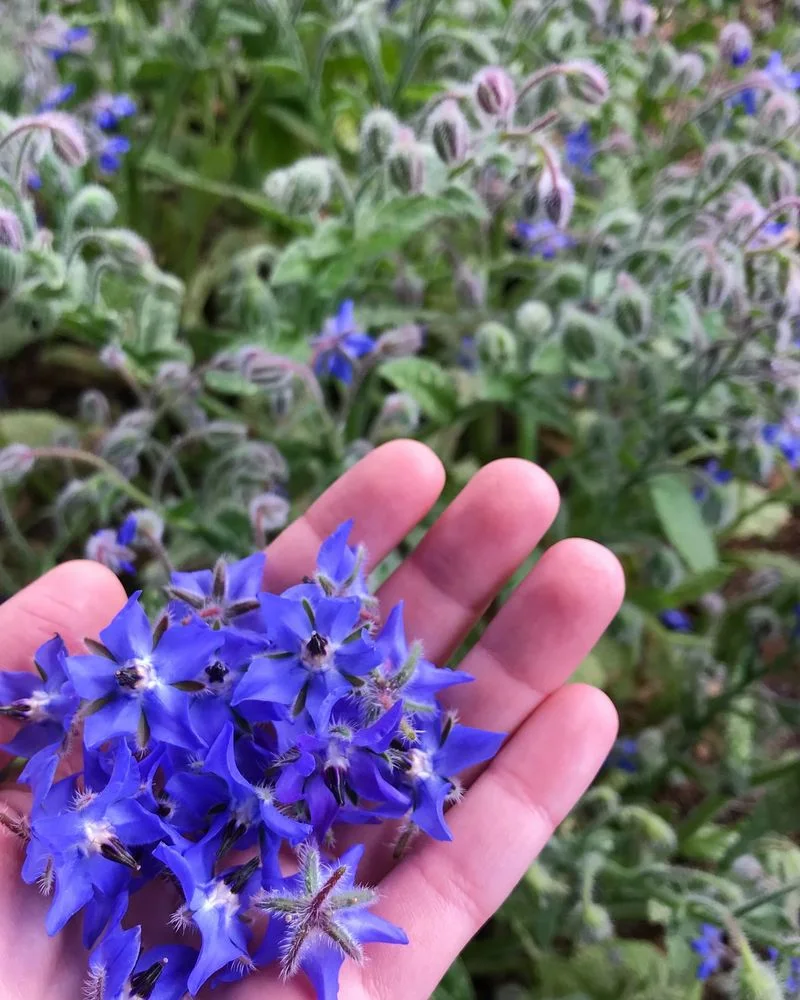
Borage’s star-shaped flowers are a favorite among pollinators, adding vibrant blue hues to gardens. While it can self-seed prolifically, its benefits often outweigh its weedy tendencies.
Known for its cucumber-like flavor, borage leaves and flowers are used in salads and garnishes. The plant’s presence in the garden is both ornamental and functional.
This dual role as both a delightful garden addition and a self-seeding invader highlights the fine line between cultivated beauty and wild exuberance.
Sorrel
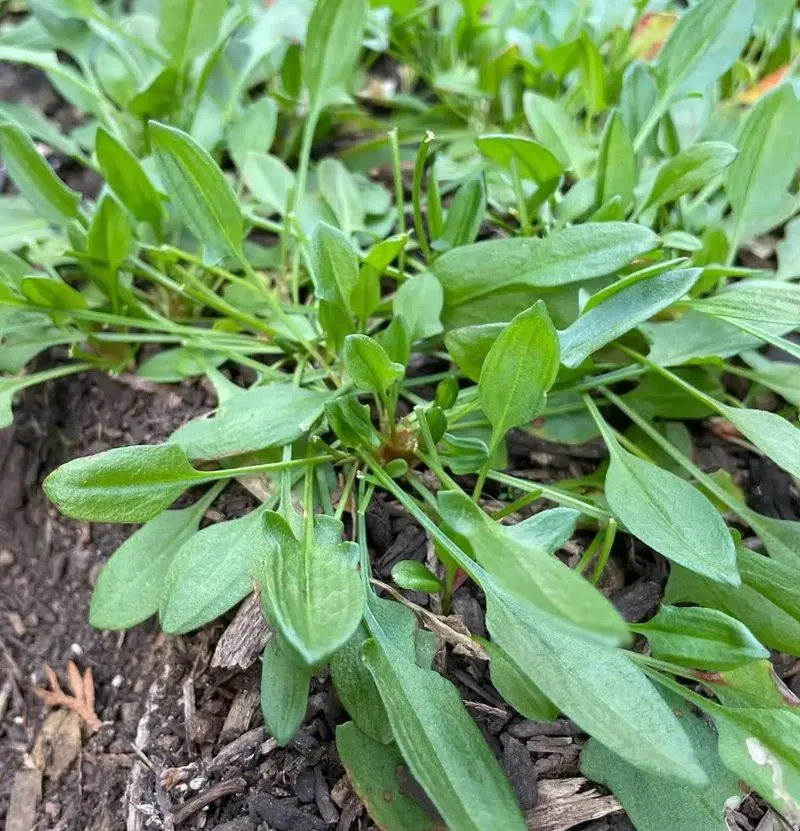
Sorrel’s tart, lemony flavor is a culinary delight, especially in soups and salads. Its arrow-shaped leaves are a common sight in many gardens.
However, sorrel can spread rapidly, making it a weed for those unprepared for its exuberant growth. Its dual role as both a garden invader and a kitchen staple highlights the complexity of garden management.
Appreciating sorrel’s flavors while managing its spread requires a delicate balance, reminding us that every plant has its place when understood and managed properly.

